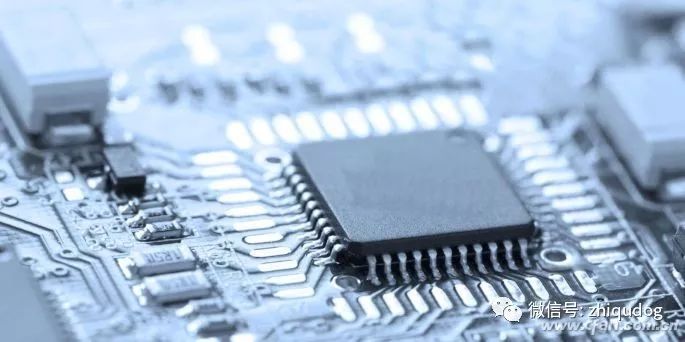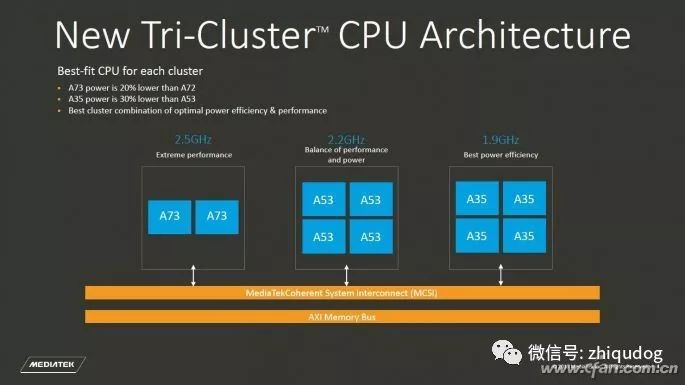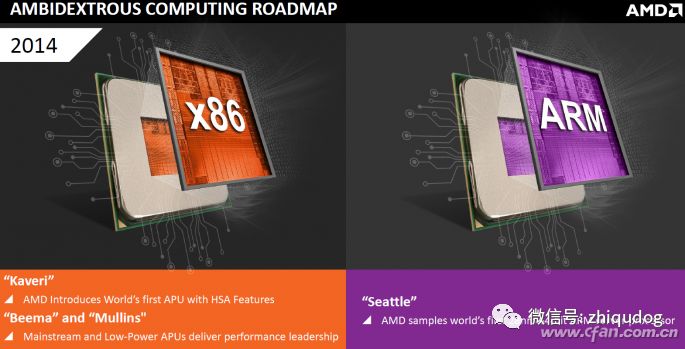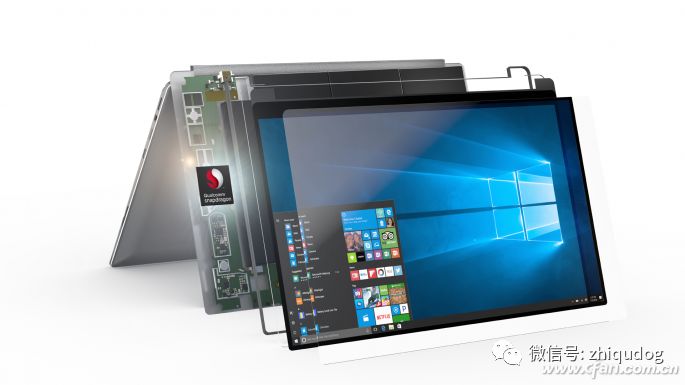
When it comes to chip manufacturers, who do you think of first? Intel, AMD, Apple, Samsung, Qualcomm, MediaTek, Kirin… In fact, except for a few chip manufacturers like Intel and AMD that are involved in the “X86 circle,” the rest rely on ARM for their business.

The Two Meanings of ARM
The term “ARM” has two meanings. The first meaning is that ARM is an acronym for “a British chip design company” (acquired by Japan’s SoftBank in 2016), which is dedicated to semiconductor chip design and development.

The second meaning is that ARM is a CPU architecture that is on par with X86. The difference between them is that ARM uses RISC (Reduced Instruction Set Computer) architecture, which, although overall performance is not as strong as X86’s unique CISC (Complex Instruction Set Computer), is favored for its low cost, low power consumption, and high efficiency, perfectly aligning with the development trend of various mobile devices, including smartphones, thus dominating the non-PC computing device market.
A Unique Operating Model
ARM’s low profile is mainly due to its unique operating model. As the world’s most famous semiconductor chip manufacturer, Intel usually handles all aspects of chip IP design, IC design, wafer manufacturing, and packaging testing.
In contrast, ARM only takes charge of the initial IP design phase of the semiconductor chip industry chain, which includes developing the ARM instruction set, core architecture, graphics core, and interconnect architecture, and licenses them to other chip manufacturers to complete the design, production, and sales processes. ARM’s profits come from the initial licensing fees and the royalties paid by chip manufacturers during later sales.

If we were to borrow a popular advertising slogan, it would be “We (ARM) do not produce chips; we only provide ideas for chip design.”
It can be said that as a chip manufacturer that does not produce chips, ARM supports the operation of various embedded devices, smartphones, tablets, smart wearables, and IoT devices worldwide, while each year, ARM earns a commission from the millions of processors built into these devices, strictly adhering to a low-margin, high-volume operating model.
Interestingly, as time goes by, the boundaries between ARM and X86 are starting to blur.
For instance, ARM began to “invade” the high-performance computing terminal market traditionally dominated by X86 architecture long ago. The first to fall was the server market, where AMD released its first ARM architecture processor, the “Opteron A1100,” in 2014, and deployed it in the server field in 2016.

As an X86 chip supplier on par with Intel, AMD’s “defection” also confirms ARM’s inherent advantages: higher flexibility, customization capabilities, and lower development costs and power consumption.
AMD Vice President Andrew Feldman once stated that developing a fully customized server chip using the ARM architecture currently takes only 18 months and costs $30 million, while developing a server chip based on the X86 architecture takes 3 to 4 years and costs $300 million to $400 million. It’s clear which is better.
In addition to the server market, Microsoft has also teamed up with Qualcomm to launch a Windows 10 laptop based on the ARM architecture processor (Snapdragon 835), emphasizing the “always-on” feature, which will soon be officially unveiled.

So, regarding mobile processors, what assistance does ARM provide to chip manufacturers like Apple, Qualcomm, MediaTek, and Kirin? If you are interested in this question, feel free to follow tomorrow’s post from Zhiqu Dog.
After reading this article, 99% of readers also clicked:

